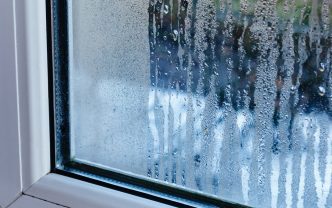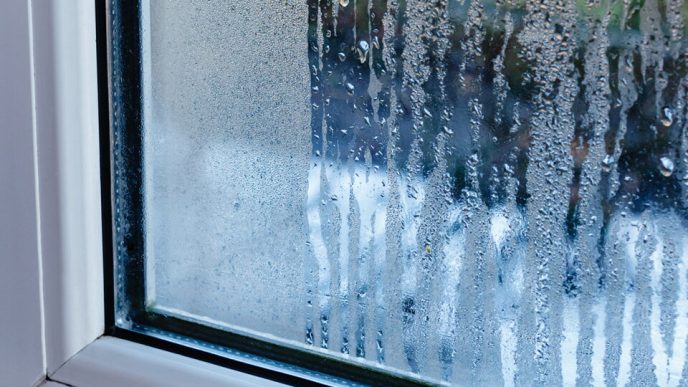Setting the Scene
Your roof is the unsung hero of the house—braving sun, wind, and rain while quietly keeping everything beneath it safe and dry. But the same elements that make your roof a guardian also turn it into a landing pad for grime, moss, and airborne pollutants. Left unchecked, that buildup does more than dull your curb appeal; it can eat into materials, trap moisture, and nudge costly repairs closer than they need to be.
Professional roof washing revitalises rooflines. It removes years of contamination, prevents mould and algae, and preserves the building you use daily. It can increase market value, energy efficiency, and eye-catching curb appeal as you pull into the driveway.
Clean roofs aren’t just prettier. They insulate better, drain properly, and resist the slow creep of decay. With modern techniques and the right crew, a thorough wash delivers safe, consistent, and transformative results that protect your investment for years.
What’s Lurking Overhead
Look up and you’ll see shingles, tiles, maybe a ridge vent. Look closer and you’ll find a micro-ecosystem that thrives on shade, moisture, and time. Here’s what typically takes hold:
- Moss and algae: They sponge up water and hold it against the roof. That persistent moisture weakens shingles, invites rot in wood components, and accelerates material breakdown.
- Lichen and mold: Tough, stubborn growths that root into surfaces, stain deeply, and can compromise protective coatings.
- Debris accumulation: Leaves, needles, and twigs clog gutters and valleys. Water pools, ice dams form, and leaks sneak into attics and walls.
- Urban pollutants: Soot, dust, and industrial residue settle like a fine film. Over time, they discolor surfaces and degrade roofing materials.
It’s a slow-burn problem. You may not spot it from the street, but the roof feels it every day. A disciplined cleaning rhythm keeps contaminants from turning minor nuisances into major repairs.
The Payoff: Benefits of a Clean Roof
Think of roof washing as both cosmetic refresh and structural insurance. The value shows up in more ways than one:
- Extends lifespan: Removing moss, lichen, and grime stops decay at the source, preserving the integrity of shingles, tiles, flashing, and underlayment.
- Prevents water damage: Clear surfaces and free-flowing gutters guide rain where it’s supposed to go, reducing the chances of infiltration and mold blooms inside.
- Improves energy efficiency: Dark stains and organic growth absorb heat. A clean, reflective surface helps keep attic temperatures in check and can ease cooling loads, especially in summer.
- Enhances curb appeal: A spotless roof frames the house like a fresh picture mat—crisp, bright, and instantly more upscale.
There’s also the practical peace of mind: better drainage, fewer surprises after storms, and the quiet satisfaction of knowing the crown of your home is in good order.
Soft Washing: Power Without the Pressure
Not all roofs can handle high-pressure jets. Fineness is better than force for asphalt shingles, clay tile, concrete tile, cedar, and slate. Low-pressure water and biodegradable cleaning solutions remove difficult stains and organic layer without hurting the surface in soft washing.
It’s a science-meets-art approach. Pros tailor chemistry and dwell times to the contaminants at hand—algae colonies, moss mats, lichen crusts—then rinse with a gentle touch. Fan tips, calibrated PSI, and controlled technique ensure protective granules on shingles stay put, delicate tiles stay intact, and the roof’s finish remains uncompromised.
The bonus? Soft washing doesn’t just sweep the surface; it targets biological growth at its roots. That deeper clean slows regrowth and keeps the roof looking better, longer.
Health and Eco Smarts
Roof grime isn’t only a cosmetic issue; it can become a household health concern. Mold, mildew, and algae create spores that circulate through attic vents and HVAC pathways, aggravating allergies and respiratory sensitivities. A clean roof helps keep indoor air fresher and safer.
Modern roof cleaning is green. Biodegradable, phosphate-free treatments remove biological contaminants without polluting streams or gardens. Consider your property an ecosystem as responsible staff manage runoff, safeguard landscaping, and rinse intelligently. Clean roof, clean conscience.
Timing Your Clean
Rhythm matters more than heroics. Aim for a consistent schedule and let weather patterns and visible signs guide you:
- Annually: A yearly wash keeps moss, lichen, and stains at bay before they become established colonies.
- After major weather events: Storms drop branches and blow debris into valleys and gutters, creating a perfect incubator for organic growth.
- Visible streaks or patches: Dark streaks, green shading, or crusty lichen spots are your cue to act now, not later.
Seasonal sweet spot? Spring into early summer is ideal—post-winter cleanup, pre-peak heat. You’ll reset the roof before the sun does its long-day work and before humidity invites new growth.
FAQ
Is pressure washing safe for asphalt shingles?
It can be if done with low pressure, but soft washing is generally preferred to protect granules and extend shingle life.
What’s the difference between pressure washing and soft washing?
Pressure washing relies on higher water force; soft washing uses low pressure plus cleaning agents to dissolve growth gently.
How often should I clean my roof?
Most homes benefit from an annual cleaning, with spot treatments as needed after storms or when stains appear.
Will roof washing void my warranty?
When performed with manufacturer-appropriate methods, washing should not affect warranties; confirm your roof’s care guidelines before scheduling.
How long does a roof cleaning take?
A typical single-family roof takes a few hours, depending on size, pitch, and the extent of growth.
Can cleaning my roof lower energy bills?
Removing dark stains and growth reduces heat absorption, which can help keep attic temperatures down and lessen cooling costs.
Do I need to be home during the service?
Not usually, as crews work outside, but being available helps with access to water, gates, and quick questions.
Will chemicals harm my plants?
Professional cleaners use biodegradable solutions and protect landscaping with pre-wetting, tarps, and careful runoff management.
Is moss harmful if it’s only on one side?
Yes—localized moss can trap moisture, lift shingles, and accelerate deterioration wherever it grows.
What should I do before the crew arrives?
Clear vehicles from the driveway, ensure outdoor water access, and move delicate items away from the home’s perimeter to make room for equipment.














